In today’s digital world, Texas ISD’s are facing a critical challenge: keeping their digital doors locked tight against cyber threats. These threats are becoming more common and sophisticated by the day. Thankfully, the State and Local Cybersecurity Grant Program (SLCGP) is here to help. With the application deadline of March 14, 2024 fast approaching, let’s dive into why this grant is such an opportunity.
What Is the SLCGP?
First off, thank you to both the federal and state governments for kicking off the SLCGP. This initiative, fueled by the federal Infrastructure Investment and Jobs Act (also known as the Bipartisan Infrastructure Law), is granting $1 billion over four years (2022-2025) to combat cybersecurity risks that target government-operated information systems. For Texas, that means about $40 million dedicated to ramping up our cybersecurity defenses with at least 25% of the total funds made available under the grant being passed through to rural communities.
How This Benefits Texas ISDs
So, why should Texas ISDs jump on this grant? It boils down to the reality of cyber threats. The grant covers everything from ransomware attacks that can lock entire school systems out of their own data to breaches that put students’ and staff’s personal info at risk.
The SLCGP offers a way forward through four key goals:

- Governance and Planning
- Assessment and Evaluation
- Mitigation
- Workforce Development
Joining the SLCGP means access to a host of resources to beef up cybersecurity measures. This includes implementing tighter security practices like multi-factor authentication and data encryption, plus getting in on services offered by the Cybersecurity Infrastructure Security Agency (CISA) like web applications and vulnerability scanning. These tools are game-changers for identifying weak spots and bolstering defenses.
How to Apply for the SLCGP
Don’t let this chance slip through your fingers. The process to apply is through the Office of the Governor’s eGrants website. Grab this opportunity to strengthen your digital defenses, keep your students safe, and future-proof your schools.






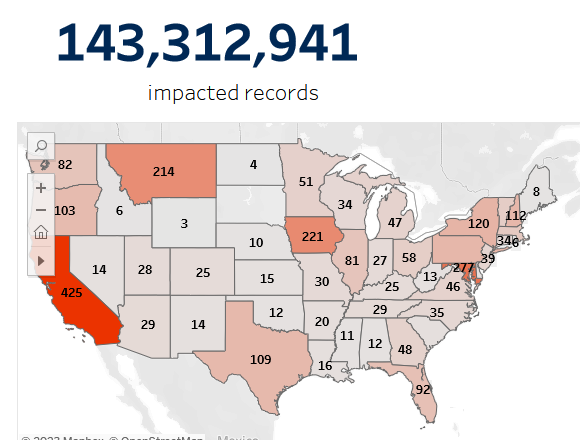



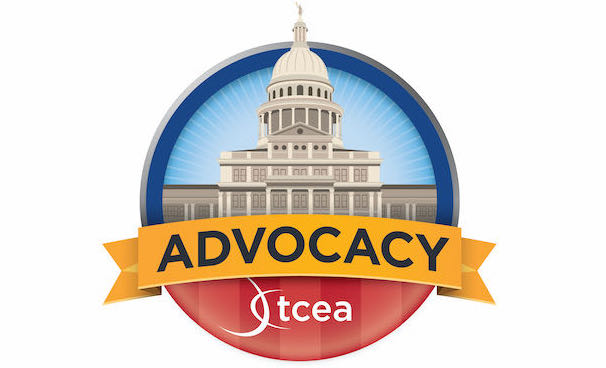
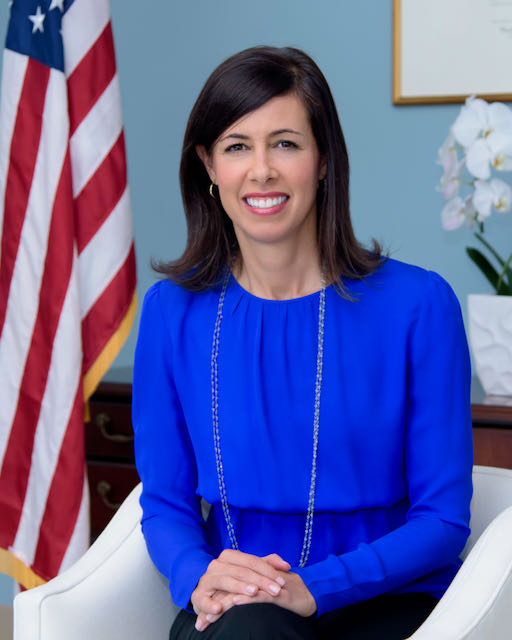




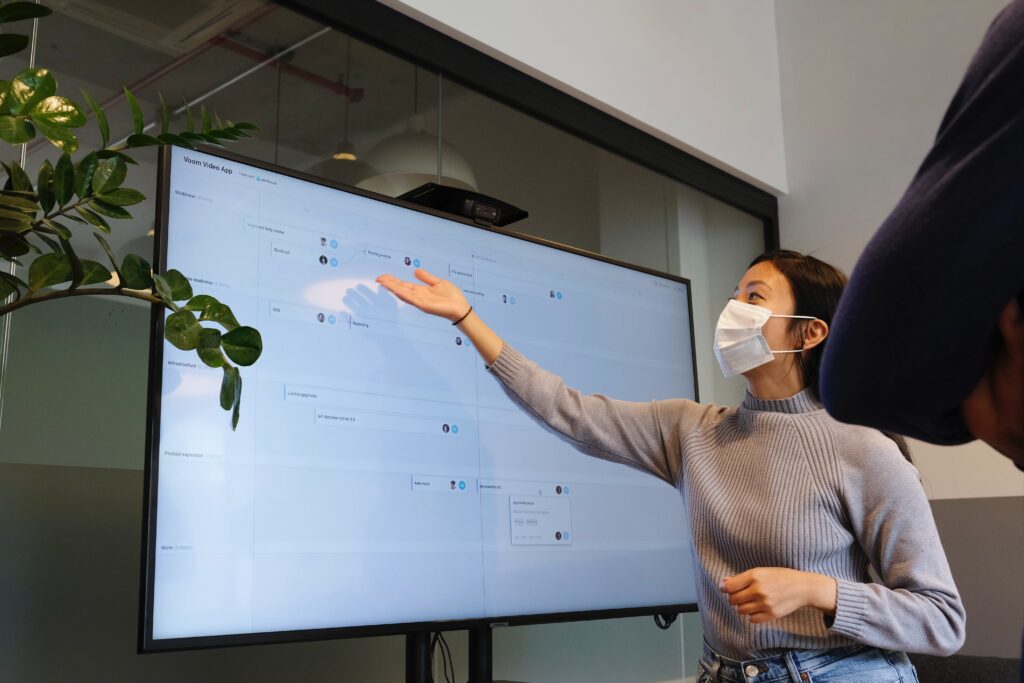


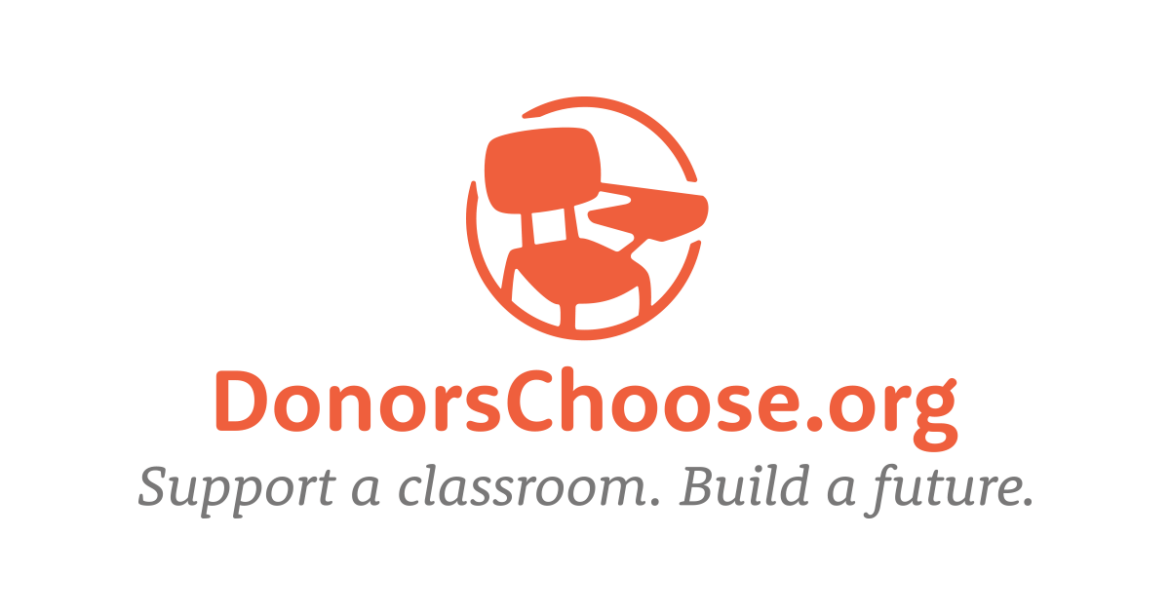



 In order to accomplish the goals established in our priorities, it is imperative that teachers have a supportive environment in which to adapt their teaching strategies to take advantage of empowering technologies. Teachers recognize the benefits of the use of technology, but don’t always know how and when to use the different technologies that are available. This is why TCEA believes strongly that teachers need ongoing, job-embedded professional learning opportunities that empower them to use appropriate
In order to accomplish the goals established in our priorities, it is imperative that teachers have a supportive environment in which to adapt their teaching strategies to take advantage of empowering technologies. Teachers recognize the benefits of the use of technology, but don’t always know how and when to use the different technologies that are available. This is why TCEA believes strongly that teachers need ongoing, job-embedded professional learning opportunities that empower them to use appropriate
 Every student has distinct learning needs, interests, and aspirations. Up until recently, it was extremely difficult to tailor the instructional strategies to meet each student’s needs. Technology can be an enabler of this type of educational model. It allows students to guide their inquiry as they decide how they will interact with the content, including the time and location. This type of learning requires a major shift in the delivery of instruction and involves teacher professional learning, a robust technical infrastructure, the selection of appropriate content, and strong leaders who know how to manage this type of change. Many of the strategies listed above support the goal of personalized learning; however, there are a few that have not yet been addressed.
Every student has distinct learning needs, interests, and aspirations. Up until recently, it was extremely difficult to tailor the instructional strategies to meet each student’s needs. Technology can be an enabler of this type of educational model. It allows students to guide their inquiry as they decide how they will interact with the content, including the time and location. This type of learning requires a major shift in the delivery of instruction and involves teacher professional learning, a robust technical infrastructure, the selection of appropriate content, and strong leaders who know how to manage this type of change. Many of the strategies listed above support the goal of personalized learning; however, there are a few that have not yet been addressed.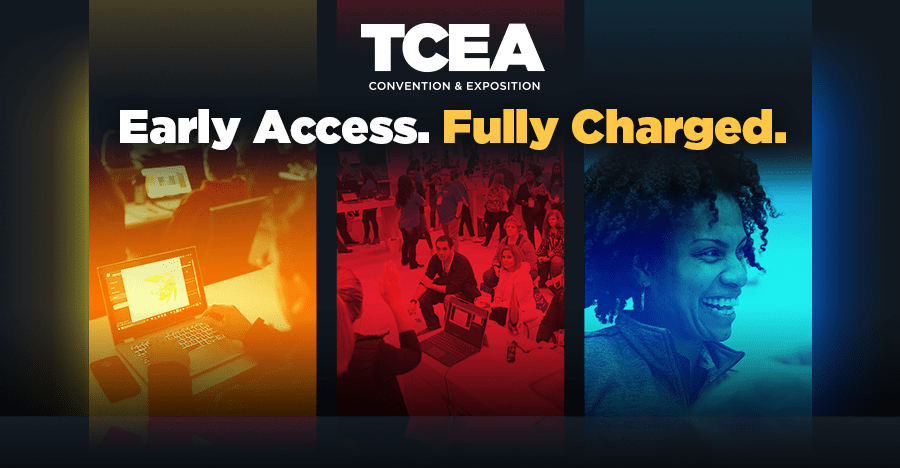
 historic features of the city, combined with the architectural beauty, really do make this one of my favorite destinations. If I had to encourage you to make one stop outside the convention center, it would be to
historic features of the city, combined with the architectural beauty, really do make this one of my favorite destinations. If I had to encourage you to make one stop outside the convention center, it would be to